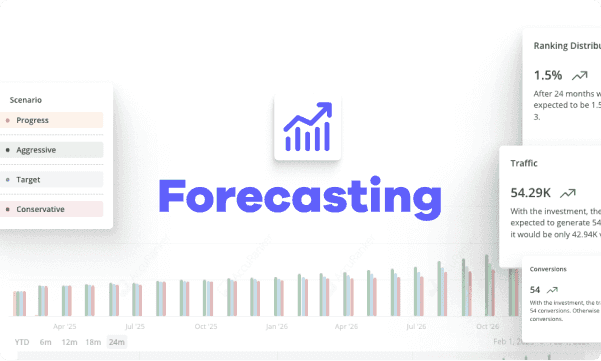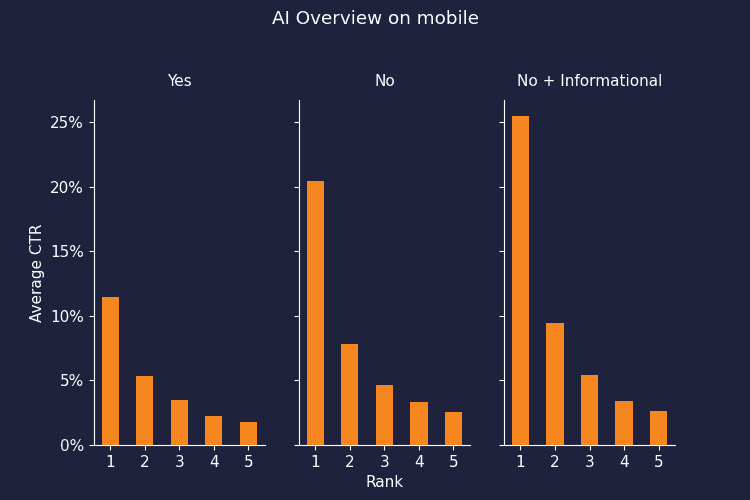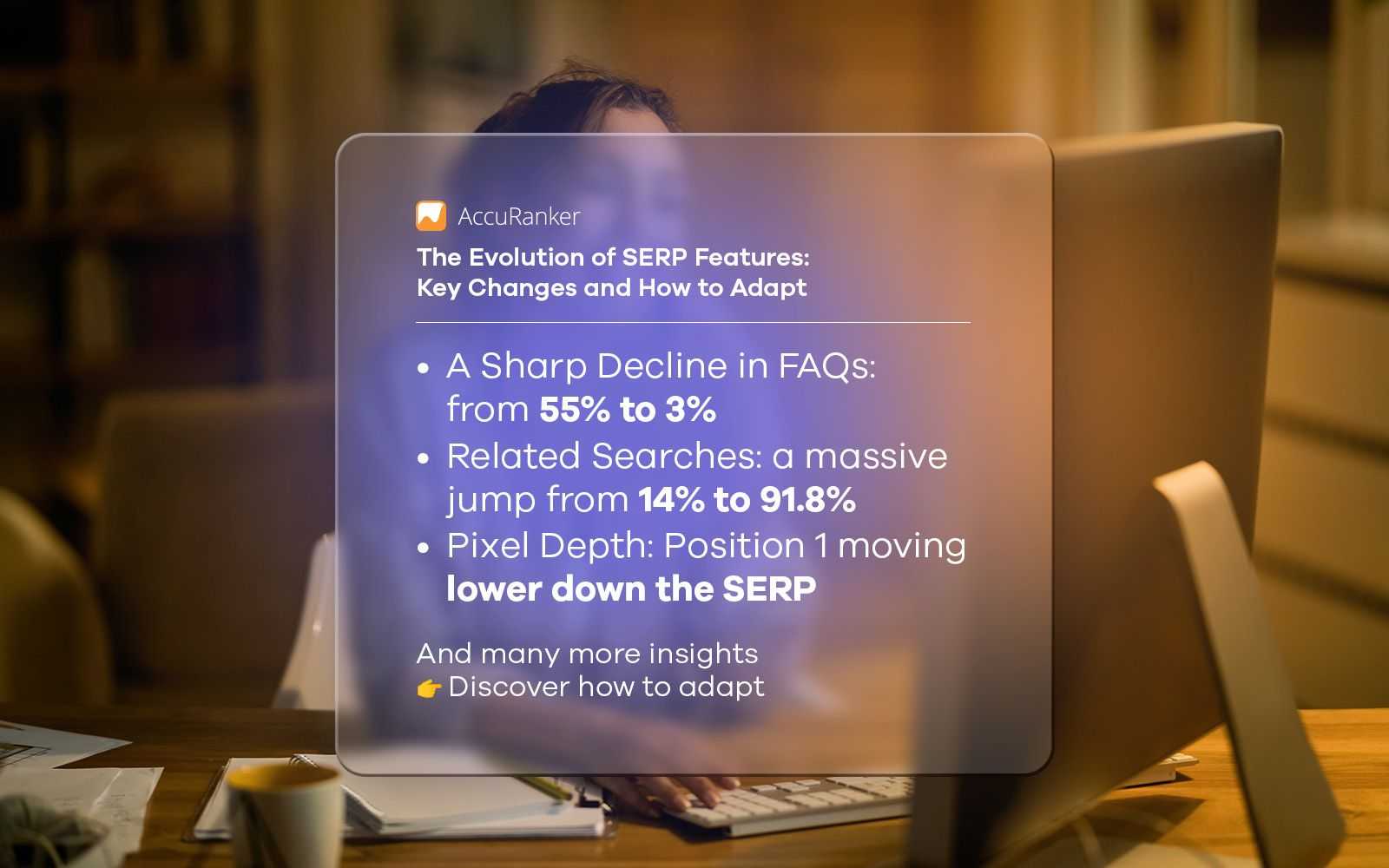How to Attract the Right Traffic with User Intent
Last updated on Wednesday, November 23, 2022

As a search engine marketer, chances are you have already stumbled across the concept of user intent many times.
Satisfying user intent, so you have heard, is essential to creating content that ranks well in search engines and attracts lots of traffic.
But what is user intent exactly? And how should you think about it when planning your SEO campaigns?
This article will cover all you need to know about user intent: why it is so important, the different types there are, and how you should optimize your web pages and content accordingly.
But first up, some fundamentals.
What Is User Intent in SEO?
User intent (also known as ‘search intent’) refers to a user’s motive when Googling a given search query.
In other words, it describes what kind of results a user expects to find when performing their search. The closer the search results match the user intent; the better the user’s search engine experience will be.
Why Does User Intent Matter?
Google’s core business model is built on serving its users with the best results possible. Indeed, the company’s self-declared mission is “to organize the world’s information and make it universally accessible and useful.”
To achieve this goal, Google continuously tweaks its algorithm to ensure that search users can easily find what they are looking for. Its entire raison d’etre (reason for being) is to satisfy user intent by surfacing the most relevant results it can find for a given search. And as the world’s most popular search engine, it is pretty good at what it does!
For this reason, if you want your content to rank well on Google for a particular search query, you must ensure that it faithfully reflects the intent behind that query.
And while that may be reason enough to optimize your content for user intent, there are also some further benefits:
- Increased brand loyalty: The more your website delivers the exact kind of content search users are looking for, the more likely they will be to return and spread the word.
- Better click-through rates: A search result containing a title and description that perfectly matches the user intent will drive a higher CTR.
- Lower bounce rates: When users find exactly what they want, they are more likely to hang around.
- More conversions: When you fine-tune a piece of content to a specific user intent, you attract highly qualified visitors who are more primed for conversion.
- Better keyword research: The better you understand the search intent behind a keyword, the easier it is to tell if it is an appropriate term for your website to target.

What are the Different Types of User Intent? (With Examples)
Every search performed on Google has its own unique, underlying intent.
That said, from an SEO perspective, it is helpful to distinguish between four major intent categories.
Informational Intent
The most common type of search query has informational intent behind it. These are used when someone is looking to gain some new knowledge and learn more about a particular topic.
Wikipedia entries, dictionary definitions, video tutorials, and in-depth explainer articles are all standard results for these kinds of queries.
Here are a few examples of informational search terms:
- Difference between crocodile and alligator
- How to save for a house deposit
- When was JFK inaugurated
Commercial Research Intent
People make these searches when looking for a product or service that meets their needs.
Commercial research terms help users pinpoint the right offer by leading them to content like product comparisons, customer reviews, and service case studies.
Here are some examples of commercial research search terms:
- MacBook pro v MacBook air
- Best mountain bikes under $500
- AccuRanker case study
Transactional Intent
Transactional searches are used whenever someone wants to complete a certain action, such as making a purchase, logging into a platform, or downloading a resource.
Here are some examples of transactional queries:
- Where to buy new MacBook pro
- Esty promo code
- Netflix cancel subscription
Navigational Intent
People use navigational searches to locate a specific web page, like a company’s contact page or a big media outlet’s sports section.
Here are some examples:
- Spotify customer support
- Patagonia clothing about us
- AccuRanker pricing
How Can You Use User Intent to Improve Your Search Engine Rankings?
Now let us look at what you should do to optimize your web pages for user intent.
How to Identify User Intent
Whether you are planning to create brand new content or adjust an existing page to better target a certain keyword, you first need to identify the user intent behind it.
The best way around this is to search the term and study what kind of results appear. Since Google’s business depends on serving results that best match user intent, you can safely assume that whatever shows up accurately reflects the intent behind the keyword in question.
Your first port of call should be the top three results for your target keyword since these are the results that Google judges to be the best match to the user intent. If they are all head-to-head product comparisons, the search intent is certainly commercial research. However, if the top-ranking results are step-by-step how-to articles, you should conclude that the intent is informational.
Another way to determine user intent is to inspect the SERP features that appear for your target keyword. For example, Google will often show a knowledge panel for informational searches or a shopping carousel for transactional queries.

Occasionally, you will find that some keywords yield results that cater to more than one type of user intent. For example, the search listings for a product-related term like ‘wonderboom bluetooth speaker’ will contain a mixture of transactional and commercial research results.

How to Optimize for Each Type of User Intent
Once you have established the user intent behind your chosen keyword, the next step is to tailor your content accordingly.
If you find that your keyword corresponds to multiple types of search intent, we recommend you pick whichever intent appears most prominently in the search results. Content that tries to cater to multiple intents at once may lack the focus to rank well.
Here are some tips to help you optimize for the different types of user intent:
Informational Intent
Informational searches are often performed at the earlier stages of the customer journey. For this reason, you should refrain from turning your content into a sales pitch and instead focus on providing a comprehensive explanation that fills the relevant gaps in the user’s knowledge.
Once you have consulted existing results to determine the appropriate format for your informational keyword (how-to article, tutorial video, listicle, etc.), be sure to structure your content using logically ordered subheadings and visual elements wherever they can help drive your point home.
Commercial Research Intent
Remember that the goal of commercial intent content is to help users make up their minds about which product or service is best for them. It is crucial, therefore, to organize your information in a way that leaves users with a better understanding of their options.
For example, if the user is looking for a comparison between two products, try to present both items’ relevant features and benefits side-by-side.
Transactional Intent
Conversion-ready users perform transactional searches, so you usually want to direct them to a product or category page. These pages should offer a seamless path to conversion, containing clear and persuasive copy, a clean design, and a bold, unambiguous call to action.
Navigational Intent
Users already know which page they want to reach when using navigational search terms. So, to make it easy for search engines and users to find the relevant page, your site should have a clear and logical structure, and each page should contain unique, descriptive titles, headers, and meta descriptions.
Applying User Intent to Your SEO Strategy
Regardless of the specific type of user intent you want to optimize for, here are some general best practices that will help ensure your pages have the best chance of ranking well.
Optimize Your On-Page SEO
As we just mentioned, having descriptive on-page elements like title tags and meta descriptions is vital for enabling search engines and users to find the right page on your website. The more you tailor these elements to the specific user intent you want to target, the more likely they are to stand out in the search results.
Create a Standout Piece of Content
Ideally, the content you create will do a better job than any of the existing results at satisfying the relevant user intent. The best way to achieve this is to try to make sure your content provides unprecedented value for your target keyword.
Admittedly, this is a tall order. But the more committed you are to creating content that surpasses the competition, the more likely you are to rank toward the top of the SERPs.
Try to Land a SERP Feature
Finally, Google generates SERP features like rich snippets, featured snippets, and knowledge panels to help satisfy user intent as efficiently as possible within the SERPs themselves.
So, by structuring your content accordingly, you can boost your odds of securing a more prominent presence on the results pages.
Final Thoughts
Tailoring your web pages and content to user intent is a fundamental part of planning and executing a successful SEO campaign.
As Google continues to hone its ability to serve users with results that perfectly match what they are looking for, failing to ensure your content lives up to user intent is a recipe for poor rankings.
Now it is time for you to apply what you have learned here and start reaping the rewards of user intent optimization in your SEO and content marketing strategy!
Start increasing your organic traffic today with AccuRanker.

Article by:
Bo Ekkelund
Chief Marketing Officer at AccuRanker
As the Chief Marketing Officer at AccuRanker, Bo is responsible for all aspects of AccuRanker’s marketing - including outlining and implementing the company’s worldwide marketing strategy and branding. A marketing senior with more than 20 years of software marketing experience, Bo has both firsthand and strategic experience with all major marketing tactics and technologies.


